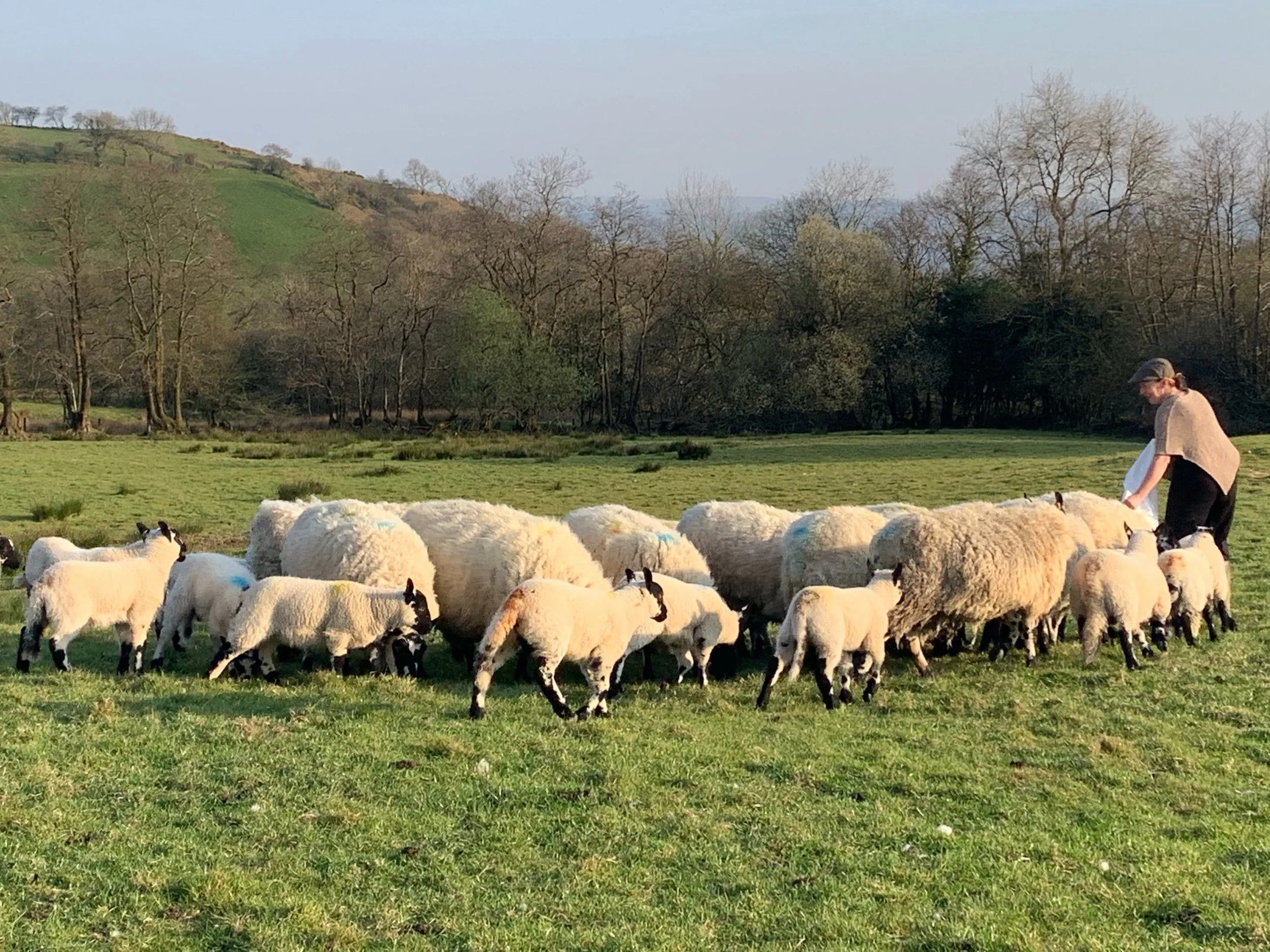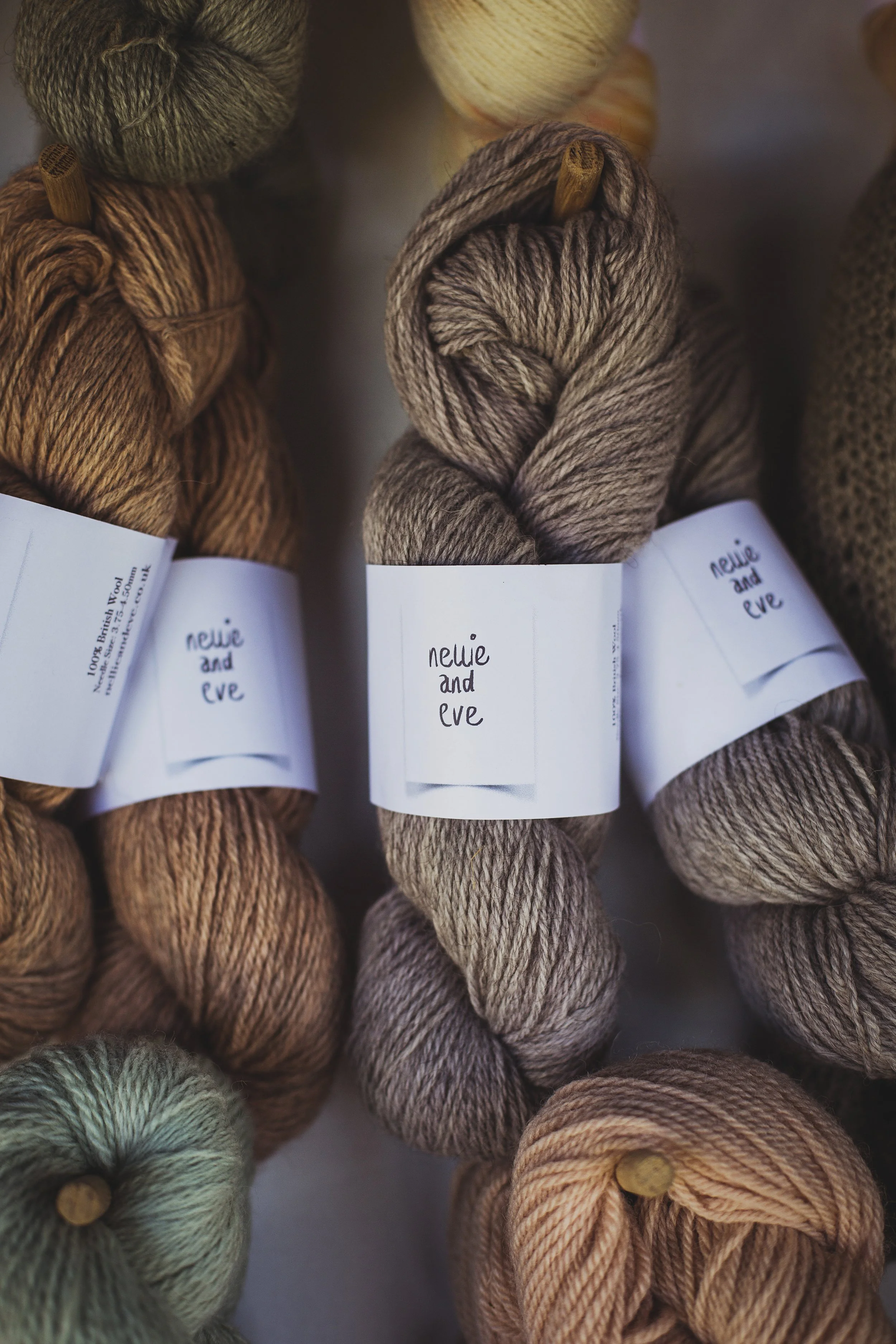Wool and British Fashion
Over the past few months we have been taking a look at sustainable fashion, and wools’ place within the conversation.
With the early sounds of autumn starting to rustle in the leaves above us as the sycamore pods start to fall, and the blackberries drip heavily in the hedgerows, I thought it was a good time to look at the history of seasonal fashions and how wool can be an integral part of a resurgence of British fashion.
The History Of Fashion As We Know It.
Back in the 1800s, Charles Frederick Worth set up his own fashion house, The House Of Worth, in Paris, which is seen by many in the fashion industry as the birth place for haute couture as he made his name by designing clothes for the women in the upper echelons of society at court. The son of a Lancashire draper, Worth knew his cloth and how to run a business, so by the 1870s his style was starting to be seen by women through the publications of fashion magazines. With his name established (along with his hatred for crinoline and the famous dress bustle), he started what we now know as the seasonable fashion trends.
To help establish the seasonal looks he was creating, Charles Worth was the first person to bring about the fashion catwalk as we know it today, when he used live models to showcase his concepts to customers in the 1860s. It was such a groundbreaking way of celebrating tailoring and dressmaking that it quickly caught on as a trend in itself, with other fashion houses in the major cities following in the House Of Worth’s wake. These live shows established the fashion heritage we see today with the spring and summer collections, and the autumn and winter seasons being displayed in all our magazines and social media streams.
The change in the way that looking at clothes for seasonable fashion can be rather hard for us to understand, as before Worth’s two piece dresses rocked the draping room floors, clothes had been seen as statement pieces that were worn again and again over all seasons. The idea of the capsule wardrobe didn’t exist; it was simply your wardrobe.
Charles Worth’s haute couture business closed in the late 1950s when his grandson retired, leaving us a legacy in fashion that banished the bustle for good (fantastic), but also paved the way for fashion to be seen as a disposable product with all the problems that we see before us today.
We have come so far away from the two seasons of fashion, with microtrends that now tumble into social ‘cores’ (Cottage Core being the one that comes to mind the most), that we are in danger of losing the sense of Worth’s initial premise; creating beautiful clothes, made with fabrics that are well cut, which can be enjoyed time and again. He never made clothes to be worn once; his dresses, two piece sets, and coats were designed to be enjoyed and handed down.
Sustainable British Fashion
If we are to look at micro trends, the one that I am most excited about is the new ‘on-shoring’ concept that is starting to make waves in the British fashion industry. The premise is simple: Rather than sending our designs off-shore to other countries to make, we design and make them here. There are wonderful companies such as Community Clothing that are championing this mode of manufacturing, and here in Cardigan Bay in Wales, Hiut Denim are saying ‘No’ to growth, and ‘Yes’ to sustainability with meaning.
As we talked about in our last blog, wool in the UK is a millennial old traded product that has not only made meaningful laws for animal welfare possible, but it is a source of material that can be fully sustainable. The question of ‘Is wool sustainable’ has to have a broader conversation around it than the simplicity of looking at is as better than acrylic, as fashion goes much further than simply the amount of fossil fuels we are burning.
Farmers here in the UK produce a finite amount of wool that could grow with the size of flocks as demand comes down from the clothing manufacturers. This allows everything around our clothes to be created through a steady increase for both the fashion houses and the farmers, the weavers and the spinning mills; the rate of production can only grow with the animals, and we cannot rush the growth of our flocks. Economically, slower growth is more desirable for longevity, and environmentally we can work to manage the land to create ecosystems that support working farmers as well as the biodiversity that is needed in our nation.
As we start to hear more voices join Patrick Grant to support the idea of ‘Less’, wool is at the very centre of that conversation here in the UK. The cycle of clothes hanging up in our wardrobes with the tags still on them as we take them to the charity shops a few months later needs to stop to be replaced with an old fashioned idea of investment into our style.
I am looking forward to the time when the chaos of ‘fashion’ abates, as I do think it hasn’t anything to do with style, or the celebration of craftmanship. It is purely consumerism, and has very little to do with a respect for the clothes that we wear. My hope is that the passion that Charles Worth wanted to showcase on his catwalks has a resurgence in the UK. Designers love working in natural products that mold to our bodies and allow us to breathe and move in ways that compliment our frames, and the manipulation of fabric to do this is what was originally celebrated. Wool has always been at the centre of our fashion choices, along with linen and cotton, and as we start to look into the history of the clothes we wear and the materials we use, I look forward to seeing the premium wool that we enjoy at Nellie and Eve take centre stage again.
A Choice To Go Slow
Slowing down to think about the wider subject of what sustainable fashion is and how it applies to all our homes is something that we naturally gravitate to as spinners, knitters and makers. We choose to breathe deeply into the creative process with yarns that ground us in the present. Maybe it is time to take up our own challenge and start taking our knowledge and resources to the people who need to hear it; from the children in our lives who are on the verge of seeking out their own styles, to our family and friends who spend their days buying fashion on TikTok shop, and maybe into the broader world through our blogs and social media.
Offering others to take a breath, to go slow, and start to understand the depth of sustainable fashion is the start of a very peaceful revolution that may just help our planet relax a little more.
Until next time, walk gently.
With love, Helen xx
Images: @nellieandeve @heatherbirnie Unsplash@rudy_issa,@anotherlovely,@haleytruong,@oksana_maselko,@charlotablunarova,@shnipelson
Pinterest: @soulemama











